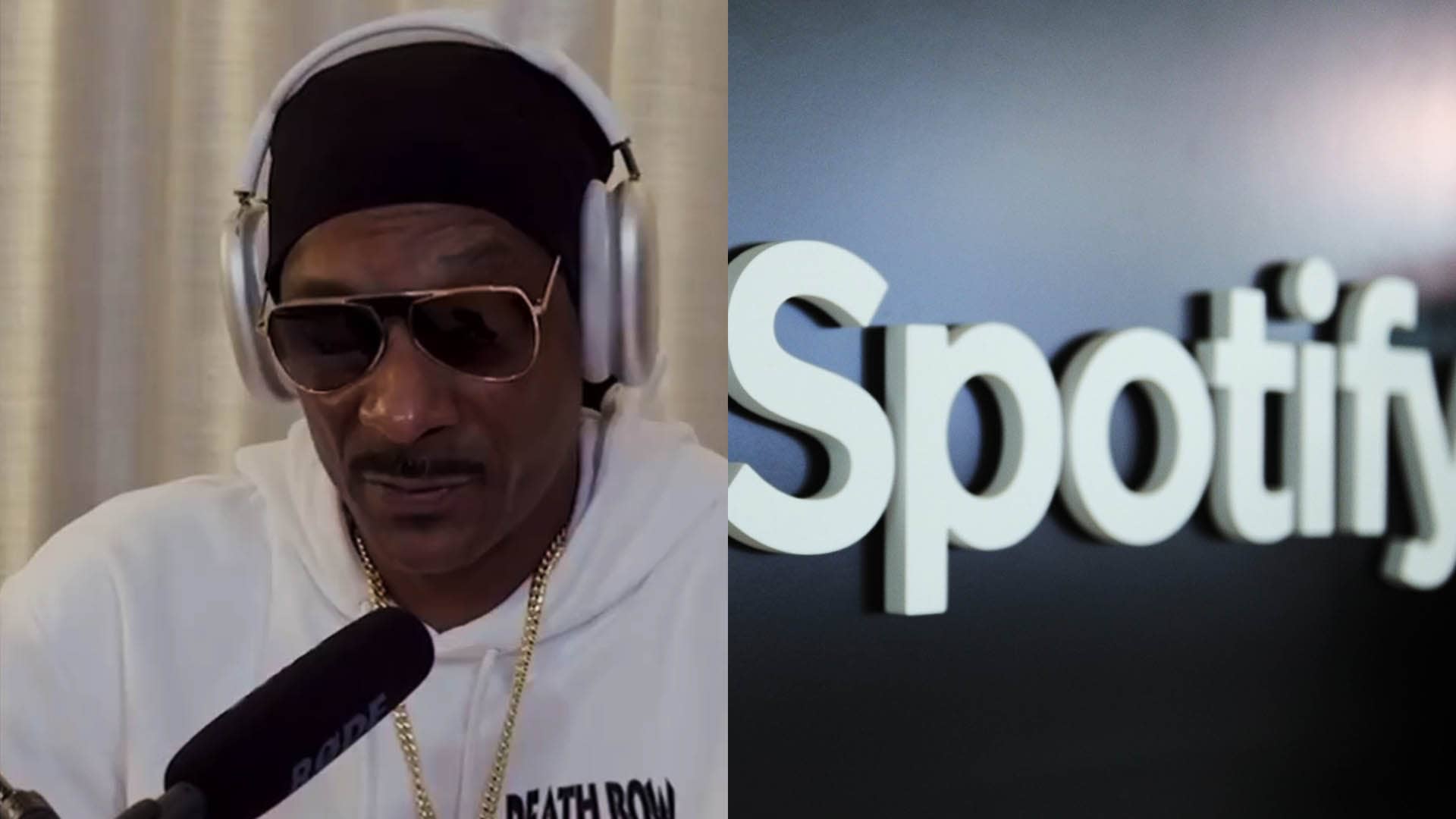In a music industry increasingly dominated by streaming services, the revelation of Snoop Dogg’s Spotify earnings has ignited a significant debate regarding artist compensation. This article aims to provide a detailed examination of this ongoing issue, offering insights into the complexities of music streaming revenues and the broader implications for artists navigating this digital terrain.
Snoop Dogg’s Earnings Revelation: A Wake-Up Call
The discourse around streaming revenues reached a pivotal moment when Snoop Dogg, an iconic figure in the music industry, disclosed his Spotify earnings on the Business Untitled podcast. He revealed that for one billion streams of his music on Spotify, his earnings were less than $45,000. This statement by Snoop Dogg, sourced from AllHipHop, has raised eyebrows and sparked widespread discussions among artists and industry professionals.
This revelation has particularly resonated with other artists, both established and emerging, prompting them to scrutinize their own streaming revenue and the contracts governing them. The disparity between the enormous popularity and cultural impact of Snoop Dogg’s music and the relatively modest financial return from one of the world’s largest streaming platforms has underscored a growing disconnect.
Shifting Policies and Artist Reactions
In the wake of Snoop Dogg’s comments, Spotify has implemented changes to its payment policy, as reported by Variety. Starting in 2024, tracks with fewer than 1,000 annual streams will be excluded from receiving payments. This policy has been met with mixed reactions, with some artists and industry experts calling it a ‘regressive tax’ that could disproportionately affect lesser-known artists.
This policy has drawn criticism from various musicians and industry professionals, as it could disproportionately affect smaller artists whose tracks don’t meet this threshold. Damon Krukowski, a member of the dream-pop duo Damon and Naomi, described this model as a “regressive tax,” arguing it could potentially shift funds from lesser-known artists to more popular ones like Ed Sheeran.
Spotify’s Payment Model
Spotify’s payment system is complex and often opaque, leading to a lack of clarity for artists about how their earnings are calculated. The platform operates on a pro-rata model, distributing royalties based on an artist’s share of total streams. This system, while seemingly straightforward, has often been criticized for favoring major artists over independent ones.
The Union of Musicians and Allied Workers (UMAW) has also been vocal in demanding better compensation and transparency from Spotify. They launched a campaign highlighting issues with the streaming giant’s model and calling for a cent per stream on the service. The response from musicians has been positive, with many signing their petition, though the industry’s reaction has been mixed. Spotify’s CEO Daniel Ek’s comments on artist compensation during the pandemic added to the controversy, suggesting that artists can’t expect to record music infrequently and maintain success in the current landscape.
Legal Perspective: Music Law and Streaming Rights
From a legal standpoint, the issue of streaming royalties intersects with broader questions about music rights and copyright law. The digital age has transformed how music is distributed and consumed, necessitating updates to legislation to ensure fair compensation for artists.
Comparing Spotify With Other Services
It’s crucial to contextualize Spotify’s model within the broader landscape of music streaming services. Platforms like Apple Music and Tidal have different payment structures, often cited as being more favorable to artists. For instance, Tidal is reported to pay approximately $0.013 per stream, significantly higher than Spotify’s estimated $0.0033 per stream, as highlighted by 9to5Mac.
Strategies for Artists
For emerging and independent artists, understanding and navigating the streaming landscape is key to maximizing earnings. Strategies like engaging with fans on social media, regularly releasing new music, and understanding the intricacies of streaming algorithms can help increase visibility and, consequently, streaming revenue.
The debate surrounding Spotify’s payment model highlights the ongoing challenges faced by artists in the digital age. As streaming services continue to dominate music consumption, it is imperative for artists, industry professionals, and policymakers to engage in meaningful dialogues to ensure a fair and sustainable model for compensating music creators.
